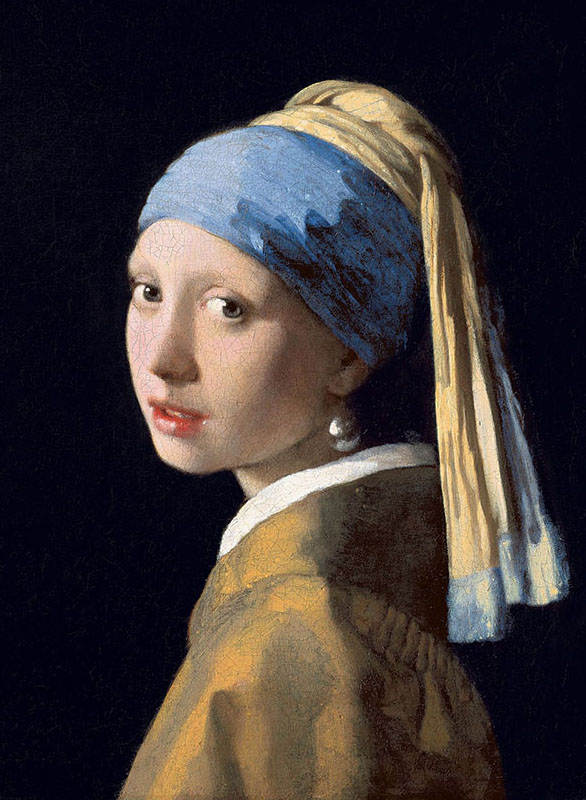- Home
- Art History
Art History

The discerning appreciation and enjoyment of art relies on a familiarity of a work of art's context: time, place, maker (the artist), schools and influences.
Art History = Art + History
According to Gardner's Art through the Ages,
- history is the record of past human actions;
- art is something present to the eye and touch.
"... art continues to exist in the present,
long surviving its times ...."
Culture is a way of life, or a set of values and behaviors, that people in a society learn, share and pass on from generation to generation.
The arts tell much about a culture. Ancient civilizations produced artists only after they were capable of generating an agricultural surplus. Some people could then be spared from the fields to devote themselves to other pursuits, including the arts. Works of art, from paintings, and sculptures to music, dance, and writing, reflect the culture in which the artist lived.
Art History categories ...
The general review of art history would cover our oldest civilizations and continue to the present; here are a few categories:
|
Ancient Art:
|
|
Medieval Art
- Byzantine
- Romanesque
- Gothic
- India
- China
- Japan
- The Americas
|
Renaissance | |
|
|
19th Century "isms"
|
20th Century Modern Art
|
|
Post-Modernism
|
|
See also ...
Some forms of art ...
- painting
- sculpture
- architecture
- performance
- conceptual